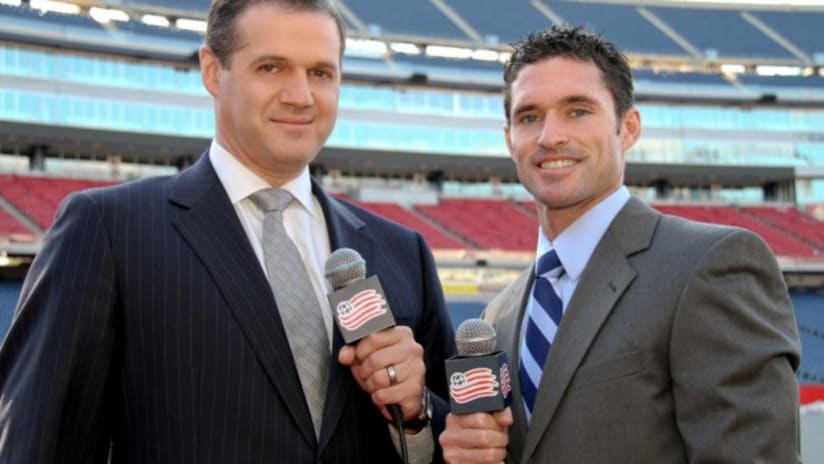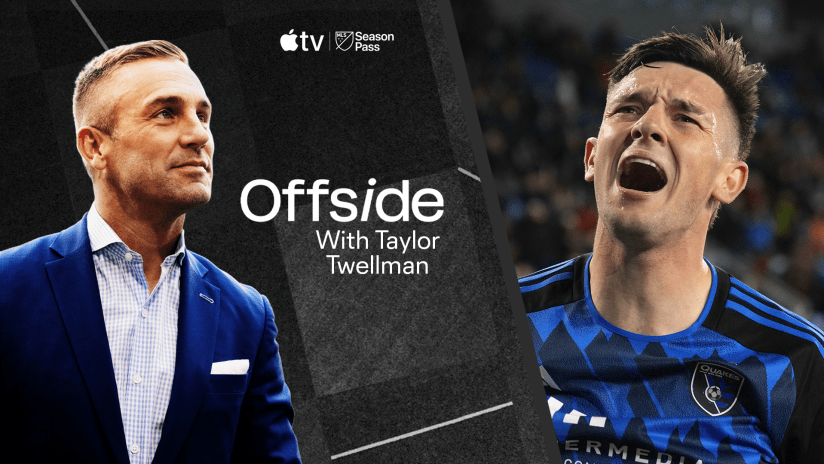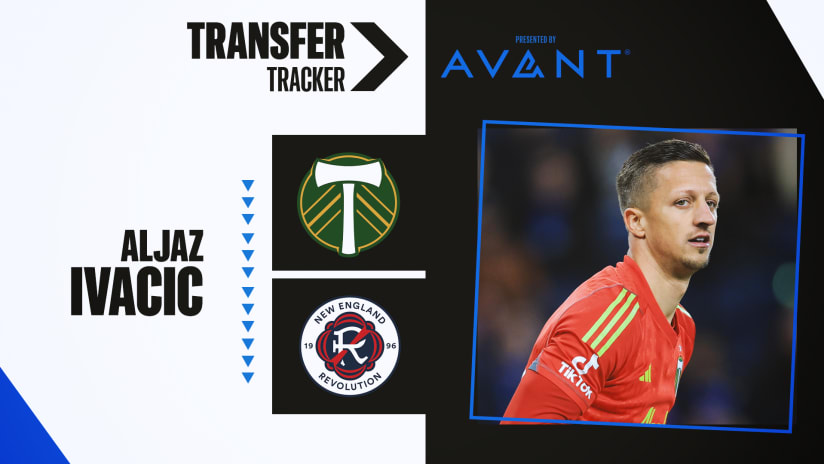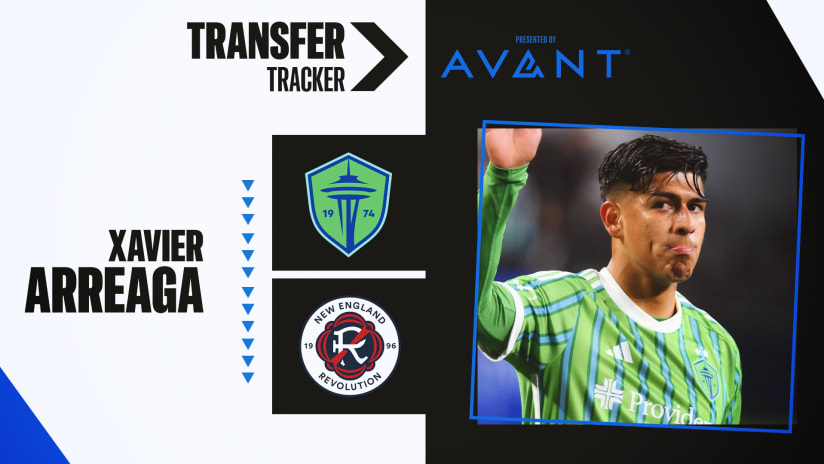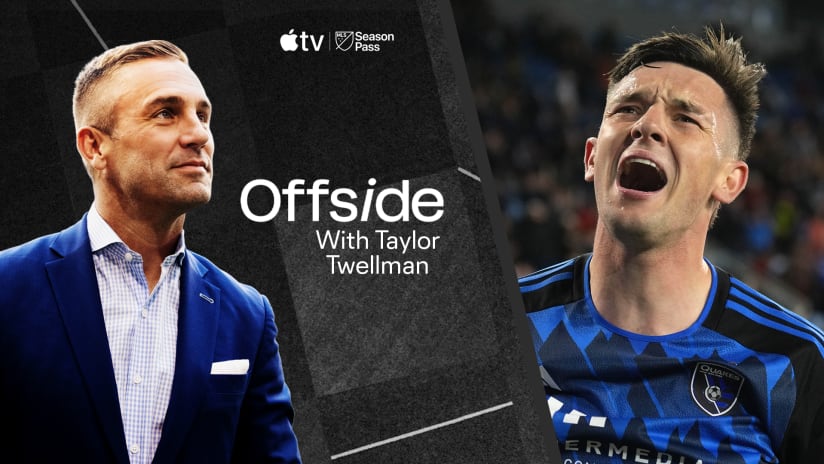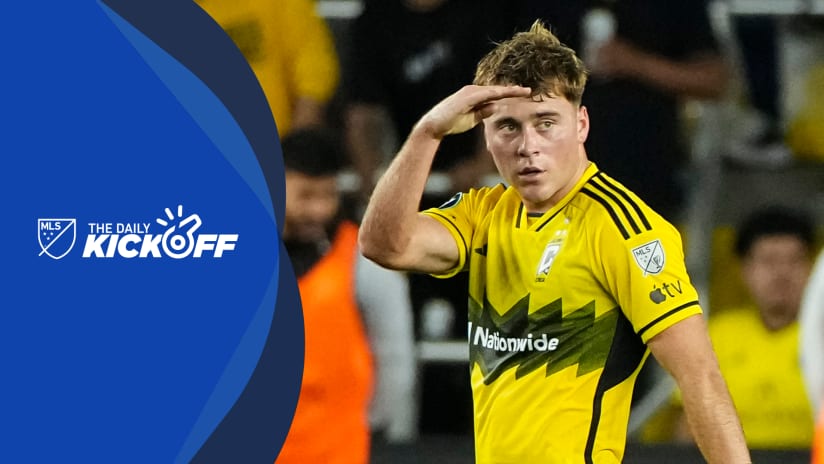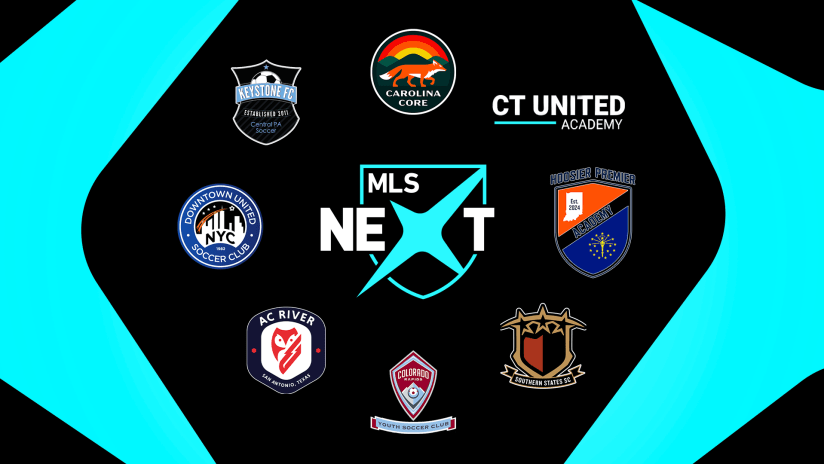Broadcasting always made sense as the first post-career step for New England Revolution coach Jay Heaps.
A move to the booth allowed the verbose Heaps to keep his hand in the game he loved as he pursued a career in finance. It also encouraged him to develop a more expansive perspective than the viewpoint he cultivated as a player with the Revolution and the now-defunct Miami Fusion.
Out went the compulsory micro-focus on his individual role and the overall objective. In came the macro demands of assessing team structures, contemplating how well the individual parts moved within them and wondering how he would attempt to improve the Revs if he found himself in charge.
“The TV stuff – and, no matter how cliché this may sound, getting that vantage point – really makes it a lot easier because you're seeing so many games,” Heaps told MLSsoccer.com recently. “You can start to put players that you see and who have done well [in context] and compare them in that way. It's a good way of going about it.”
The transition from always-inquisitive player to incisive analyst required Heaps to embrace the adjustments ahead when he assumed the role of color analyst prior to the 2010 season. He tackled those challenges earnestly and successfully, according to Revolution play-by-play voice and supervising producer Brad Feldman.
“Jay's always been a hard-working guy who did his homework,” Feldman said. “I could see a pretty steep curve from the beginning – where he was trying to get the mechanics of broadcasting down – to a place in his second season where he was drilling down pretty deep in his preparation for the upcoming opponent, the matchups and the tactics.”
Heaps' inherent ability to speak coherently and extemporaneously made him a natural fit for his new role, but he didn't coast through his duties. Feldman said the usage on the analysis service he employs for his own research went up twofold because Heaps dug deep into the statistics to unearth tendencies to share during the broadcast.
“He was really scouting opposing players, teams, their shape, their balance and how they played on the road versus how they played at home,” Feldman said. “It's not a surprise that – in the back of his mind – he was planning a transition to coaching.”
Heaps will need to lean on some of those skills and develop several new avenues to explore in order to make his latest leap. Two years in the broadcast booth may have provided some pieces required to manage his own side, but plenty of room for growth still remains for the novice coach.
“I think when you're involved in the game – whether as a player, a coach, a broadcaster or an administrator – you're always looking at it,” Revolution general manager Michael Burns said. “Everyone looks at it a little bit differently and Jay certainly has to look at it a little bit differently now. He had a lot of thoughts and observations from his past two years as an announcer and now it's going over to player selections and player signings. It's a whole new world for him.”
Perhaps the most difficult hurdle to clear in this novel construct involves evaluating potential additions to the Revolution squad. Instead of solely assessing situations between MLS teams and comparing like for like as he did during his broadcast career, Heaps must now also gauge how potential additions from college programs and foreign clubs might adapt to the league.
“It's been different because you're seeing different levels,” Heaps said. “That's a component that goes into it. You might see a guy that stands out at this level, but does it translate to MLS? Is there a guy that maybe doesn't stand out at his level but maybe comes over here and is a huge addition?
“You're looking at players you might know a little bit about or you're looking for a fresh look and a completely objective view to see who stands out.”
Most of the underpinnings for Heaps' views are already in place from his previous experiences. Although the current situation has changed the demands placed upon Heaps, he can employ and tailor his unique perspective to work within the player acquisition process, according to Burns.
“I haven't wanted to tell him a whole lot in that regard [about making the switch to personnel evaluation] only because I want him to have his own ideas and thoughts,” Burns said. “When he has questions, that's what I'm here for. I'm here to assist him with those, but it's important that he has his own ideas and thoughts and then we discuss about what makes sense and what may not make sense in terms of position needs, player needs and the budget. You have to put it together like all teams do.”
Heaps must do some internal assembly on his own to continue his career progression and plot the right course for the future. The job ahead of him appears considerably more onerous than his fairly seamless move into broadcasting, but the potential pitfalls will not deter Heaps as he sketches out a comprehensive plan for his tenure and strives to make this transition seem as natural as his previous decision to slide behind the microphone.
“It's been busy,” Heaps said. “Busy's the right word. We've had to do a lot. It's almost like a reset button. I'm not just talking about just team stuff. Whether it's technical staff or equipment staff, there's been a total turnover, which is good because we can reset, create the new process and get things going.
“When you start talking about players – which is more important than all of it – that's where we've spent all of the time. With the other stuff, it's been an addition. It's about trying to get players here who will make this team better.”


